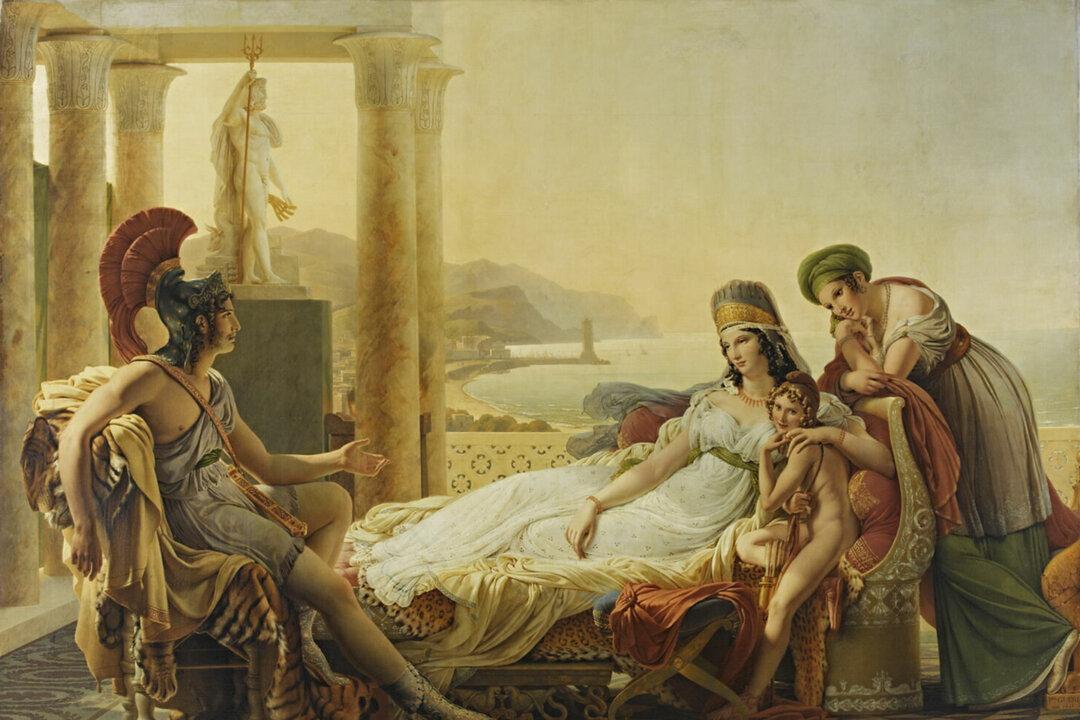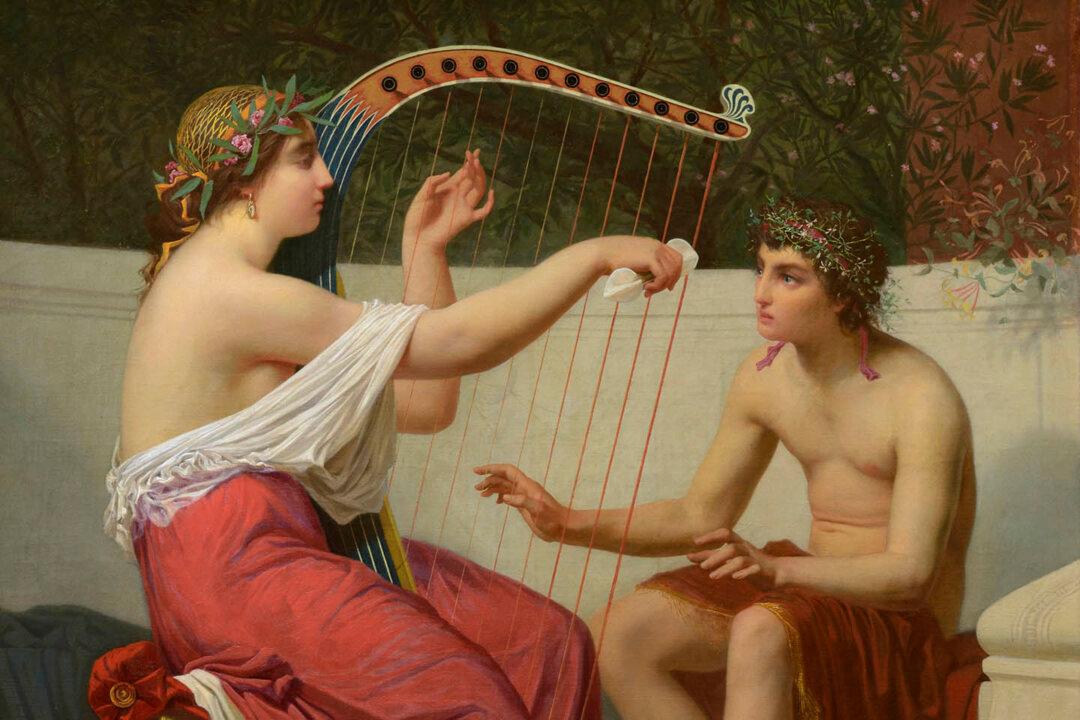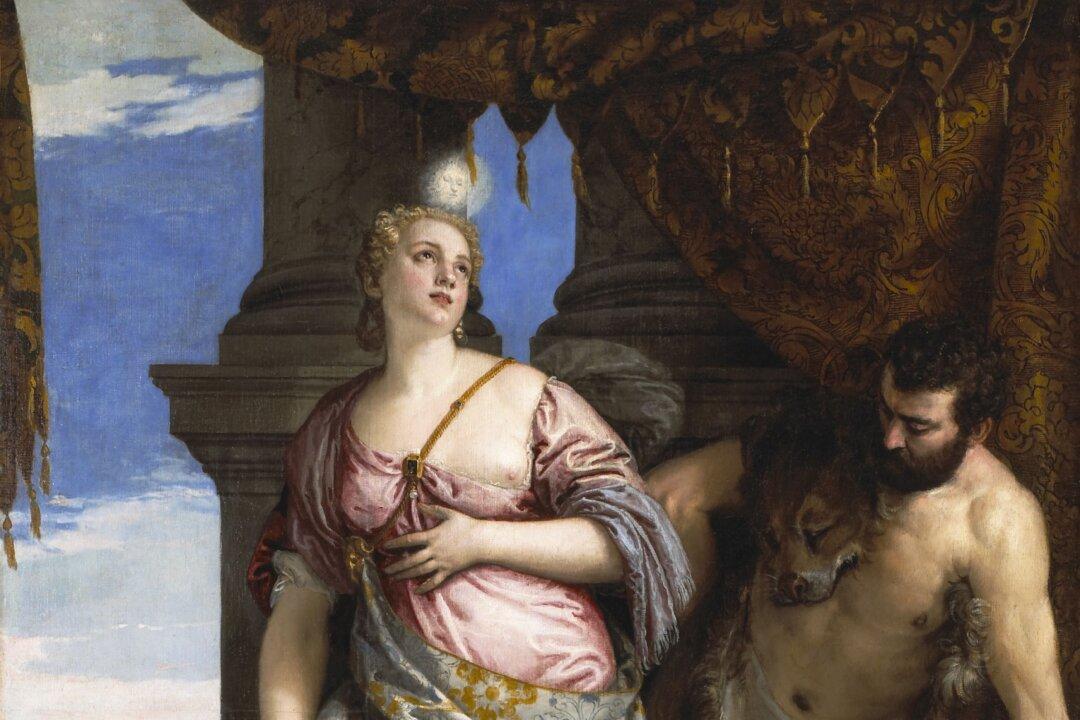French academic art encompasses numerous traditional genres, from portraiture to still-life, but histories of grand events may be among the most noteworthy of the period. These paintings take inspiration from the past, as the name implies, but artists elaborated on source materials to create nobler, more compelling narratives. Ancient, legendary queens, along with the captivating stories surrounding them, became especially alluring to French artists.
By the 19th century, academies of art were well-established throughout Europe, and the Académie des Beaux-Arts in France was a particular leader in training emerging artists in traditional techniques and subjects. Young apprentices studied under the tutelage of master artists, who in turn ensured that their pupils had opportunities to find patronage.





